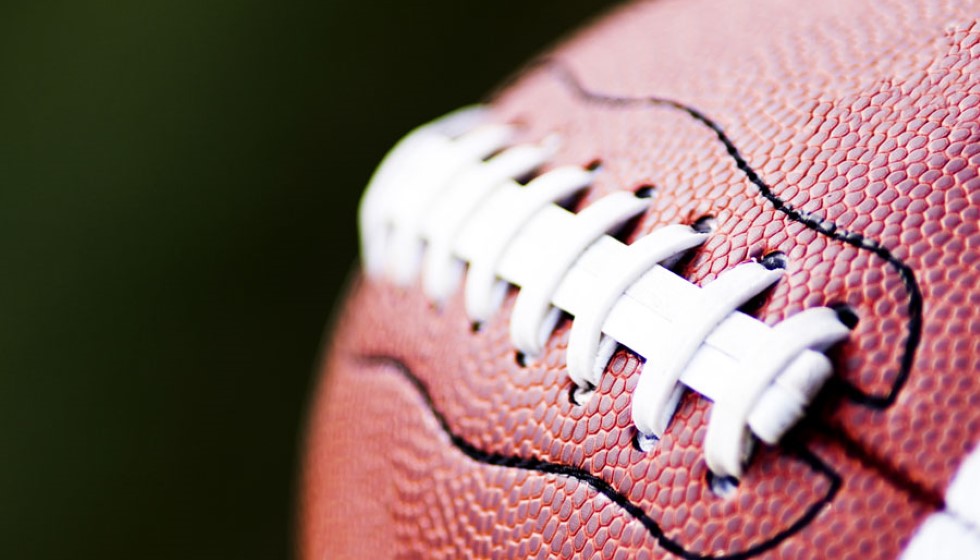
The 2024 NFL season marks a momentous stride towards enhancing player safety, catalyzed by the collaborative efforts of the National Football League (NFL) and the National Football League Players Association (NFLPA). An exciting advancement sees the introduction of more position-specific helmet models, a move poised to revolutionize player protection based on the distinctive demands of each position on the field.
Customized Protection Per Position
The essence of specialized helmets stems from the understanding that different positions entail unique risks and, accordingly, require tailored protection solutions. For instance, quarterbacks, who are often the target of high-impact hits, necessitate helmets that not only offer superior protection but also maximize visibility to keep their play options clear. Conversely, linemen face repetitive blows throughout a game, necessitating helmets designed to absorb these impacts while minimizing strain on the player’s head and neck.
At the forefront of this innovation, approximately eight top-rated helmets have been specifically developed to cater to the nuanced needs of quarterbacks and linemen. For quarterbacks, the emphasized features are visibility and impact protection, ensuring they can remain aware of their surroundings while being shielded from the brunt of incoming tackles. Linemen, who endure high-force impacts repeatedly, are now afforded helmets that dissipate such forces more effectively, aiming to reduce the potential for concussion and other head-related injuries.
Technological Innovations Leading the Way
A spotlight has been cast on Riddell's Axiom 3D model, a beacon of helmet technology innovation. This model exemplifies the potential of modern design and material science in creating helmets that are not only safer but also more comfortable and effective for players. With an increasing number of NFL players expressing interest in these specialized helmets, especially among linemen, a pivotal shift in adoption rates is anticipated.
The tragic incident involving Patrick Mahomes, where concerns over helmet safety surged to the forefront, has accelerated discussions and efforts to improve helmet designs further. This unfortunate event serves as a stark reminder of the risks players face and the paramount importance of head protection in football.
The regulatory side has also seen progress, with specialized helmets for linemen receiving approval in 2022, followed by those for quarterbacks in 2023. These milestones underscore a concerted effort across the league to prioritize player safety through ongoing research and development.
Looking Ahead: The Future of Player Safety
The evolution towards position-specific helmets is burgeoning, a trend that promises to redefine player safety protocols in the NFL. This movement is not static; it is propelled by continuous technological advancements contributing to the development of helmets that are safer, more specialized, and effective at reducing head injuries among players.
With the current trajectory, the future could include helmets designed for specific roles beyond quarterbacks and linemen, such as wide receivers and running backs, each with unique protection needs. The overarching goal is to minimize injury risk across all positions, thus ensuring a more sustainable career for NFL players.
Jeff Miller, the NFL's executive vice president for health and safety, acknowledges this as a promising start but emphasizes the need for broader adoption, particularly among linemen. The path to universal acceptance of these specialized helmets involves not only unveiling their benefits but also addressing the hesitations and traditions that may hinder their wider use.
In conclusion, the adoption of position-specific helmets in the NFL marks a significant leap towards safeguarding player health and redefining sports safety standards. Through continued innovation, collaboration, and a steadfast commitment to player welfare, the future of football looks both safer and brighter. Such advancements are not just about mitigating the immediate risks but are also a testament to the NFL's enduring commitment to evolving the game in ways that ensure its heroes can play safer, longer, and at the pinnacle of their capabilities.